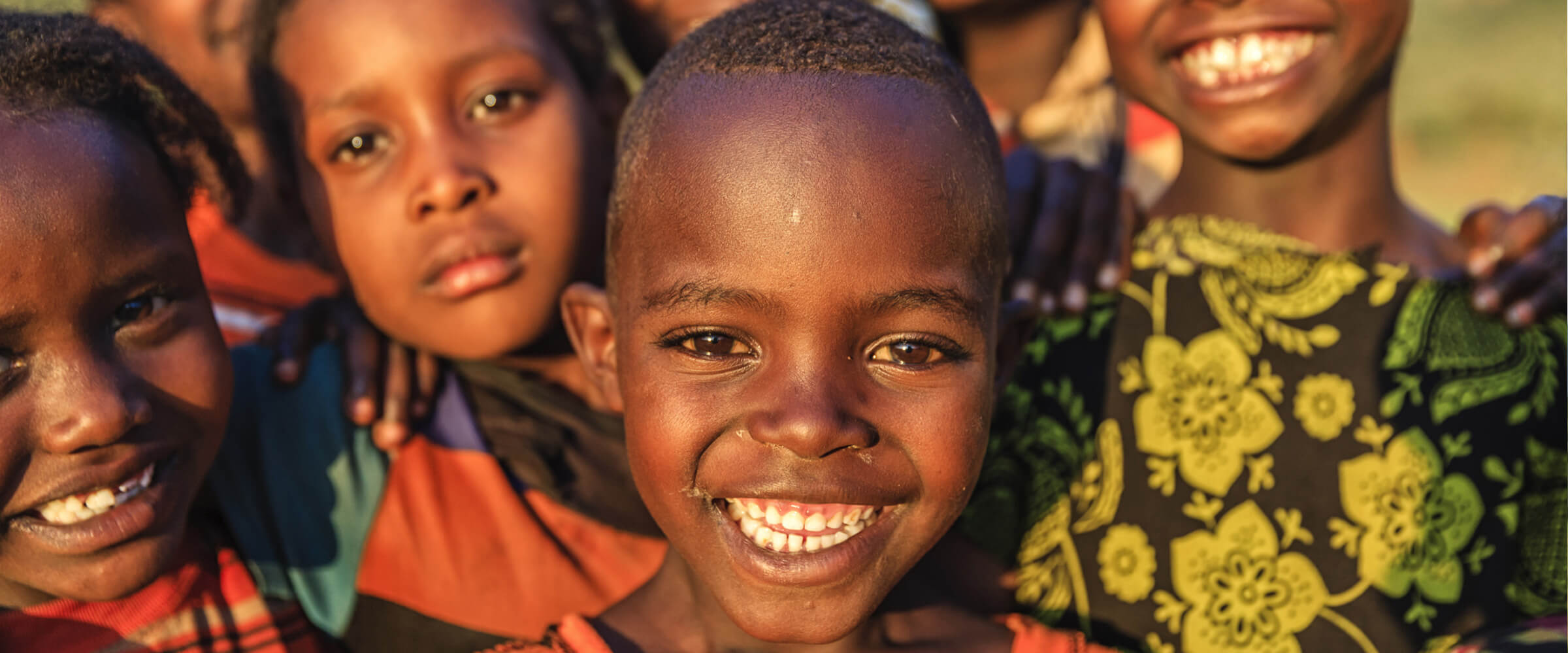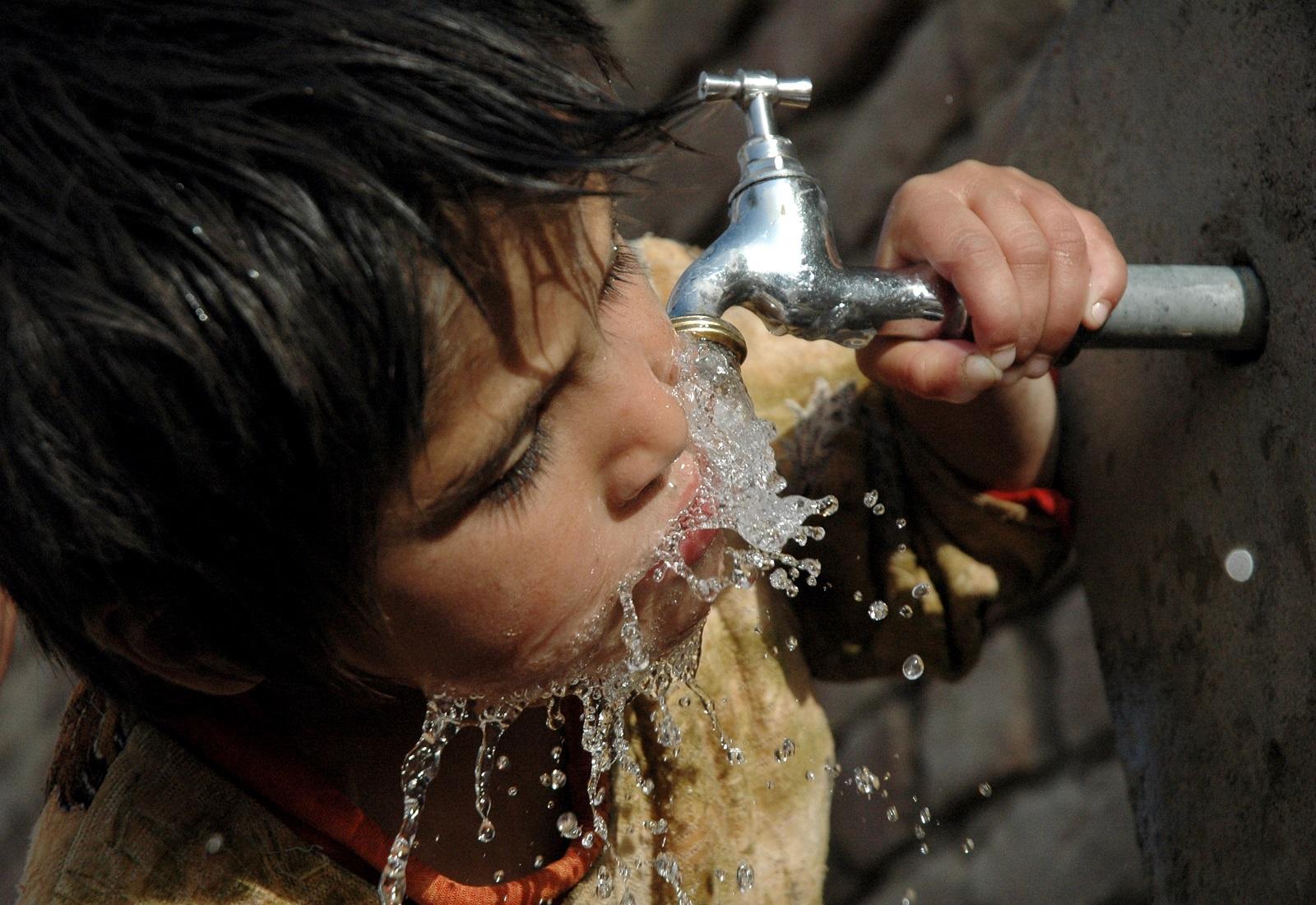
Our Impact
Overview
MIGA firmly places development impact at the core of everything we do. Mobilizing the private sector is essential for delivering sustainable and inclusive development. In collaboration with our partners, MIGA strives to achieve positive development outcomes in the projects we guarantee. To achieve this, the Agency must have a clear understanding of the development outcomes of the projects it supports. Therefore, measuring our results is critical to assessing the effectiveness of our strategy.
How we measure development impact – IMPACT framework
IMPACT Framework
In 2018, MIGA implemented the Impact Measurement and Project Assessment Comparison Tool (IMPACT), a structured methodological framework to define and measure the potential development impact of MIGA projects. The IMPACT is now fully integrated into MIGA’s operations, allowing development impact considerations at the project level to be weighed against a range of strategic objectives.
The IMPACT framework helps operationalize MIGA’s strategy by providing a robust operational framework that:
Assists the project prioritization.
Improves our ability to select the most impactful projects, and design them in a way that maximizes their development impact.
Strengthens our capacity to deliver an optimal mix of projects across sectors, countries and income groups.
Sets ambitious targets and the incentives to achieve them.
Facilitates comparisons of expected development impacts across MIGA's portfolio.
Standardizes communications with internal and external stakeholders.
The IMPACT incorporates innovative approaches to assess development impact:
It considers both direct Project Outcomes, for example through direct benefits to consumers or other in-country stakeholders; as well as wider Foreign Investment Effects, for example through positive signaling or demonstration effects.
It considers both context through sector-specific development gap assessments and project design features through an assessment of the project intensity/efficiency.
It draws on a reservoir of gap indicators and intensity indicators across IMPACT sector frameworks developed to date. For each of these definitions, normalization (as possible) and benchmarks have been created, using available data, evidence, and technical expertise within World Bank Group, and other recognized external sources, including partner development finance institutions.
It considers a range of environmental effects (e.g., water efficiency, biodiversity, adaptation, greenhouse gas emissions).
Development impact refers to the long-term, sustained effect of our interventions on people’s lives. In the context of the new WBG vision and mission, this means ending extreme poverty and boosting shared prosperity on a livable planet. The IMPACT framework is based on the formulation of a project's development impact thesis. This involves identifying the project’s main development objectives and the associated development gap that the project aims to address, and linking these to specific expected outcomes. In addition to assessing “What difference is this project going to make?” the process also encompasses identifying the counterfactual “What would have happened without the project?”
Since July 2018, MIGA has been conducting IMPACT assessments to all our new projects, informing our decisions and benchmarking across the agency. This has been driving a cultural change, centering development impact at the core of our business and serving as a key motivation for MIGA. MIGA has assessed over 150 projects (committed and uncommitted) for their expected development impact and assigned ex-ante—or expected—IMPACT ratings and scores to each of them.
What We Measure
MIGA aims to support projects that have the potential to yield strong project outcomes, as well as to create positive development effects by addressing market and non-market frictions in the host countries (e.g., barriers to entry, information asymmetries, regulatory gaps) that may be holding back foreign investment. This is reflected in the structure of the IMPACT framework, which separately measures the expected potential to achieve impact across 2 dimensions, Project Outcomes (PO) and Foreign Investment Effects (FIE).
The IMPACT measures a project’s development impact along 2 dimensions — project outcomes and foreign investment effects.
Project Outcomes
MIGA aims to support projects that have the potential to benefit its stakeholders and the host country’s society, environment, and economy. Within the IMPACT framework, this potential is assessed based on an analysis of up to three Project Outcome components:
Stakeholder Effects: Assesses the project’s effects on stakeholders such as customers, employees, suppliers, the host government, and local communities.
Economy-Wide Effects: Assesses the project’s upstream and downstream effects on the broader economy, including externalities and spillovers, such as increased value added and indirect job creation.
Environmental and Social Effects: Assesses the project’s effects on environmental and social (E&S) outcomes, such as a reduction in GHG emissions, improved climate adaptation and resilience, or improvement of community livelihoods beyond Stakeholder Effects. It is important to note that the IMPACT E&S Effects component does not measure a client’s actions to achieve compliance with MIGA’s E&S Performance Standards. Instead, the IMPACT framework assesses the effects of those actions (or additional actions that go beyond mere compliance with E&S Performance Standards) on stakeholders or the environment, as well as climate mitigation and adaptation impacts.
Foreign Investment Effects
Foreign investment projects have the potential to create systemic positive effects by addressing market and non-market frictions and by creating positive demonstration effects that signal opportunities to other market participants or potential capital providers, and thereby crowd in additional private sector investment. This potential is assessed based on the analysis of 1 or 2 core components on which the Project can generate a positive systemic development impact.
Likelihood Adjustment
The IMPACT acknowledges and assesses the degree of uncertainty of realizing and sustaining the desired effects, for both project and foreign investment effects dimensions, over time. The likelihood adjustment for the Project Outcome dimension will be based on the assessed probability of achieving the identified PO potential. Similarly, the likelihood adjustment for the Foreign Investment Effects dimension will be based on the assessed probability of achieving the assessed FIE potential.

How We Measure
MIGA has developed sixteen sector frameworks to assess projects across all its business lines and sectors which MIGA is typically active in, providing a step-by-step guide for facilitating the assessment of a project’s expected outcomes and foreign investment effects.
The sector frameworks help assess desired outcomes by assigning ratings in four key areas:
Gap: How significant is the problem MIGA is seeking to address?
Intensity: What is the extent to which the project contributes to the solution?
Impact Potential: The combination of the intensity and gap ratings yields the Project’s Potential, in the Project Outcome dimension as well as in the Foreign Investment Effects dimension.
Likelihood: How likely is it that the project's potential impact will materialize?
The two dimension ratings and their respective likelihood adjustments are combined to produce an overall quantitative IMPACT score from 0 to 100 and an associated qualitative IMPACT rating of Low, Good, Satisfactory, or Excellent.
How We Monitor
The project monitoring is a crucial part of the IMPACT system as it connects ex-ante evaluations with the learning, adjustments if required, and accountability function embedded in MIGA’s Results Measurement system. Every development outcome claim in MIGA projects is clearly linked to one or more indicators and regularly followed during project monitoring.
MIGA's Results Measurement system enables regular data collection on development outcome indicators, which can be used for various functions such as reporting, analysis, and self-evaluation. This data can be summed up to assess the overall development outcomes of MIGA’s portfolio and contribution to achieving the World Bank Group’s vision and mission through the WBG Corporate Scorecard.
Contacts:
Moritz Nebe, Sector Manager Economics Unit,
MIGES
Hiroyuki Hatashima, Chief Evaluation Officer, MIGES
Key Topics
Of the 40 projects supported by MIGA during FY23, 93% addressed at least one of the strategic priority areas, namely, IDA-eligible countries, Fragile and ConflictAffected Situations (FCS) and Climate Finance.
Regions
During FY23, MIGA issued guarantees for $1.8 billion in support of six projects, which included four non-honoring projects across Colombia, Mexico and Peru and two political risk insurance projects in Argentina and St. Lucia. In Sub-Saharan Africa (SSA), the Agency supported 14 projects in the region across 11 countries and issued guarantees totaling $1.9 billion. This included several highly impactful projects such as the Wakanda Telecom Project in Ethiopia, where MIGA provided a $1 billion guarantee for political risk insurance. New guarantees issued in Europe and Central Asia amounted to $1.7 billion and the majority of them were capital optimization guarantees. MIGA issued a new guarantee for $900 million with respect to an existing mining project in Mongolia. The Agency issued one capital optimization guarantee for $193 million covering the guarantee holder’s voluntary reserves held at the Central Bank of Algeria.





























